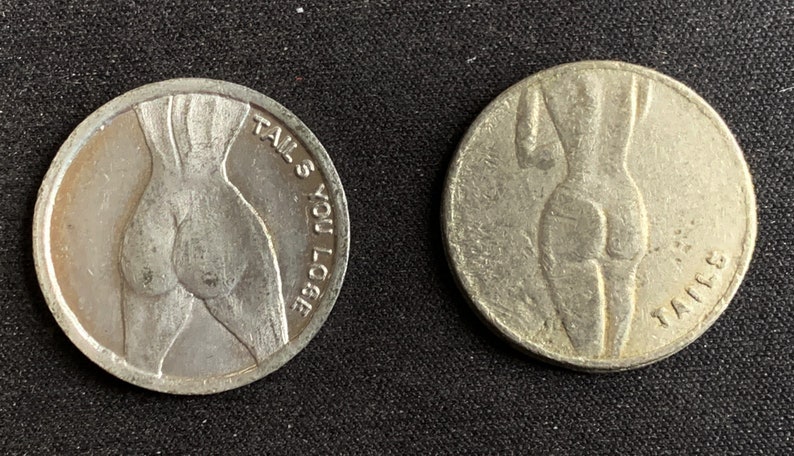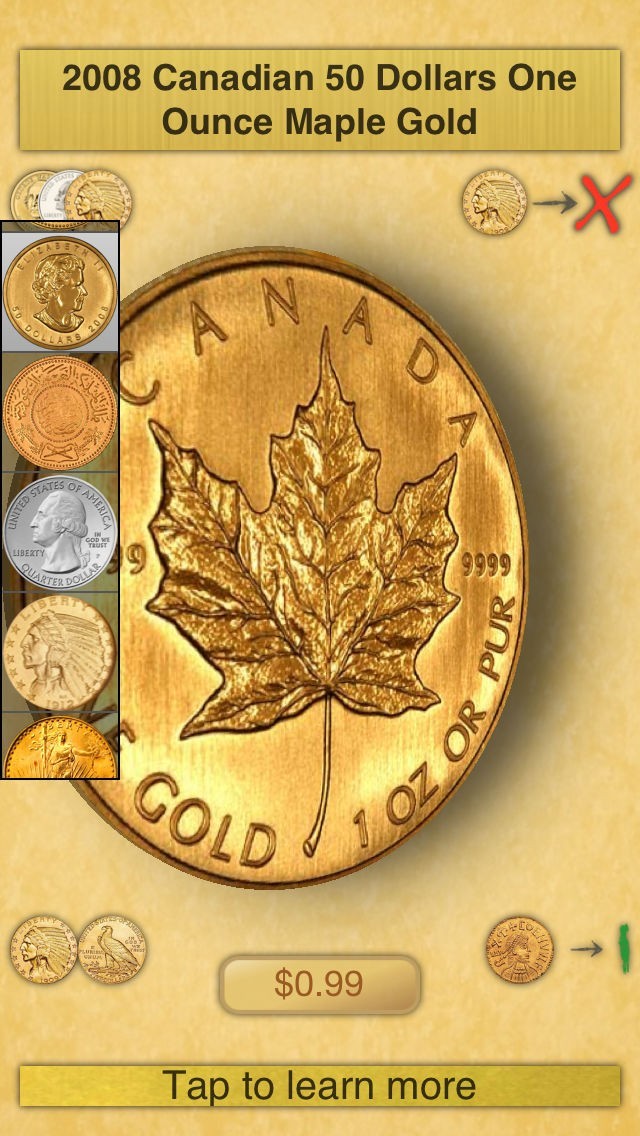
occurred recently in 2013 during a game between the Philadelphia Eagles and the Detroit Lions. There is also the rare occasion (approximately one in 6,000) where the coin will land perfectly on its side. The odds of this happening were an astonishing 4,000 to one. The previous 12 matches they played saw them lose the opening toss every time. With all the variation that can occur when flipping a coin, it’s surprising that England’s cricket team never tried to use this as an excuse while facing an extraordinary run of bad luck that ended on the 10th October 2001 in a one day international against Zimbabwe. If you spin the coin rather than toss it with your thumb then again, the designs can add small variations to the way it could land. If the coin is allowed to drop to the floor rather than being caught straight out of the air, an element of randomness is added. The different aspects of the catch can also play into this. The tiny weight redistributions caused by the designs alter how the coin lands. There are some that claim the coin toss is not as fair as is made out, with the design of coins today giving certain sides a specific advantage depending on the geometry and differences in weight between the sides.

The result was clear though, Italy’s luck held, they won the toss and progressed to the final, where they were again victorious. There are differing accounts of what happened next, with reports saying two coins actually had to be flipped as the first was lost down a grate. With the penalty shootout only introduced in 1970 the rules stated that the game had to be decided with a game of heads and tails. In the semi-finals of the 1968 European Championships, Italy and the USSR played to a 0-0 draw after extra time.

We are accustomed to seeing the coin flip used to decide who will kick off a football match – but there have been occasions where the toss has brought things to an end as well. Over the years the coin toss has come to be seen as a fair way to reconcile tied situations or occurrences that need to be completely neutral. The current name of heads and tails follows this tradition. In this case, a standard cross and the pile taking its name from the indentation from the hammer used to press the metal as the coin was struck. Again, the name taking inspiration from what could be found on the coinage of the time.

In Britain, the game was referred to as cross and pile. In ancient Rome, there is evidence of a game of chance called heads and ships – a reference to the two-headed god Janus who frequently appeared on coinage, typically with a ship’s prow on the other. The act of flipping a coin to determine between two possible outcomes is a practice that has taken place for thousands of years. With so many large sporting events occurring recently and over the coming months, at The Royal Mint we’ve been thinking about the coin toss and the effect that this simple act can have on the game itself.


 0 kommentar(er)
0 kommentar(er)
